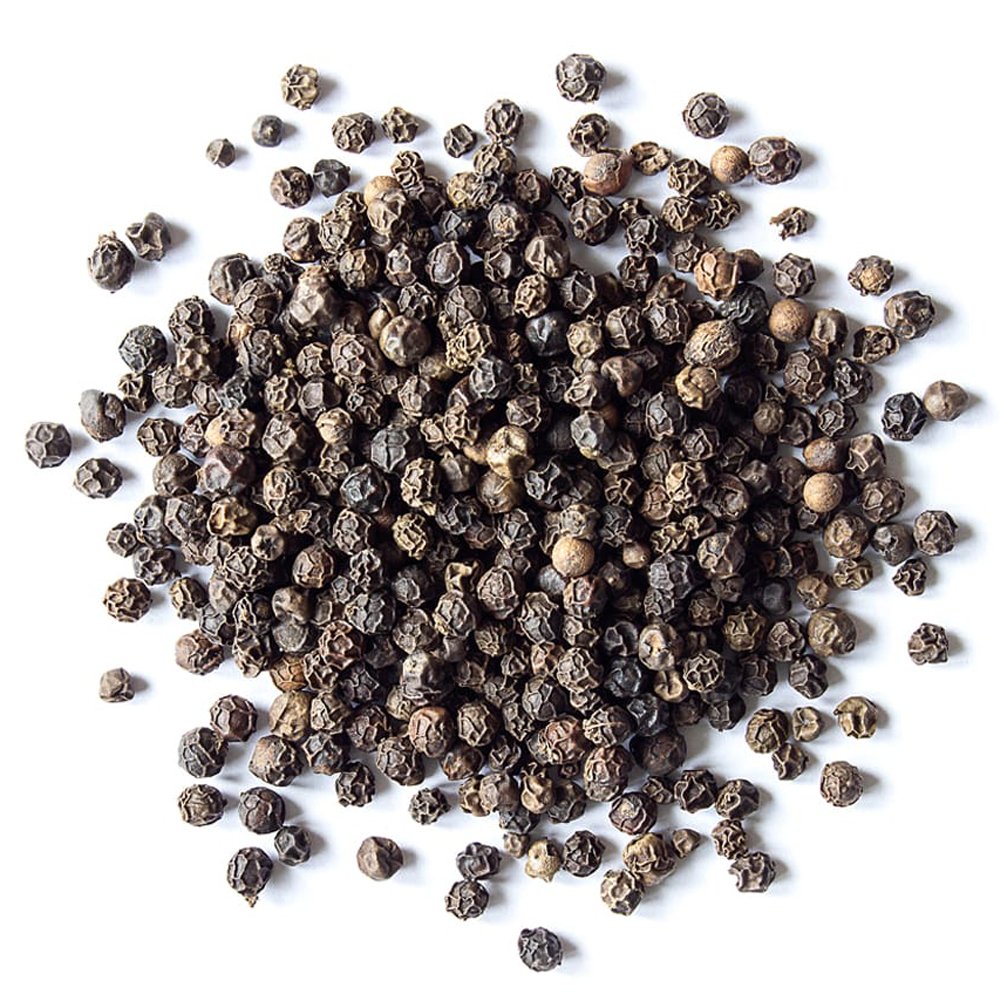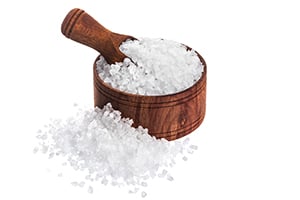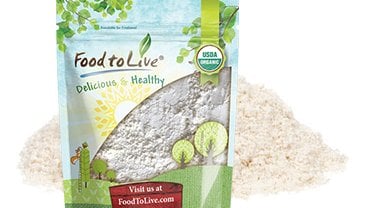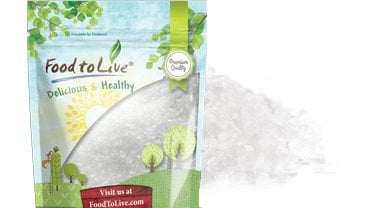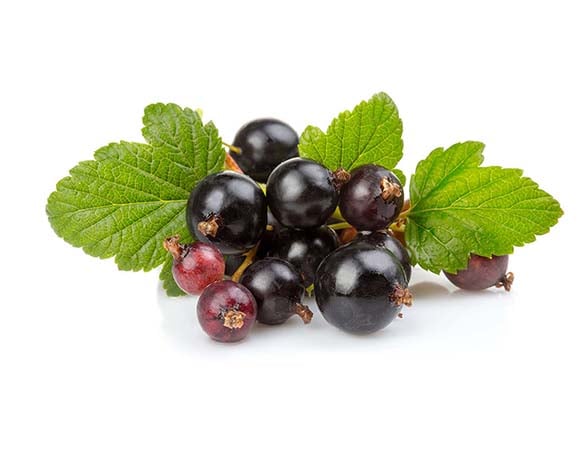June 27, 2020 · Written by Foodtolive Team
Himalayan Pink Salt: Why is it so popular?
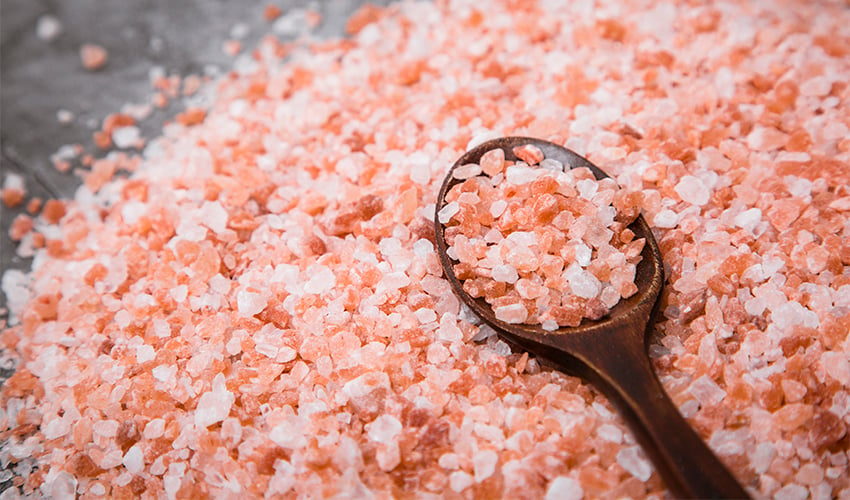
Himalayan pink salt is an alternative for usual table salt. It was known to humanity for hundreds of years, but it became popular only recently. It is due to the rise of the production of processed food people became more concerned about what they are eating. The salt that came from the underground deposits seemed to be more natural than a table salt, which is produced by chemical reactions. Therefore, the generation of millennials consuming Himalayan pink salt and started hype around this product.
Despite the popular misconception about the harm of salt, humans have a daily norm of consumption. This means that salt should be eaten in carefully measured doses, and the danger is in exceeding or reducing the recommended amount.
As for the table salt, it is almost pure sodium chloride, but Himalayan pink salt also contains lots of different minerals that will benefit your health. What is more, the mineral content of Himalayan pink salt will not make it possible for you to overdose unless you exceed the norm of salt. Therefore, while consuming Himalayan salt, you obtain sodium chloride and beneficial minerals as a bonus.
First Mentions of Pink Salt
Despite the local legend that claims salt mines to be discovered by the army of Alexander the Great, first documents about Himalayan salt mention its extraction in the 13th century. Most of the salt nowadays comes from the Khewra Salt Mine in Pakistan. There, it is being cut in bulks and exported. The procession of the salt takes place abroad.
Why Himalayan Salt is Pink
As far as chemical composition is concerned, Himalayan salt resembles table salt with mineral impurities. It contains 95-98% of sodium chloride, 2-4% polyhalite (hydrated sulfate of potassium, calcium, and magnesium), 0.01% fluorine, 0.01% iodine, as well as numerous trace elements in small quantities. What gives it a pink color is one of those trace elements, in particular, iron oxide. Salt crystals have a color from almost white to transparent colored. Impurities of polyhalite and trace elements in some deposits give the crystals pink, reddish, or meat-red color.
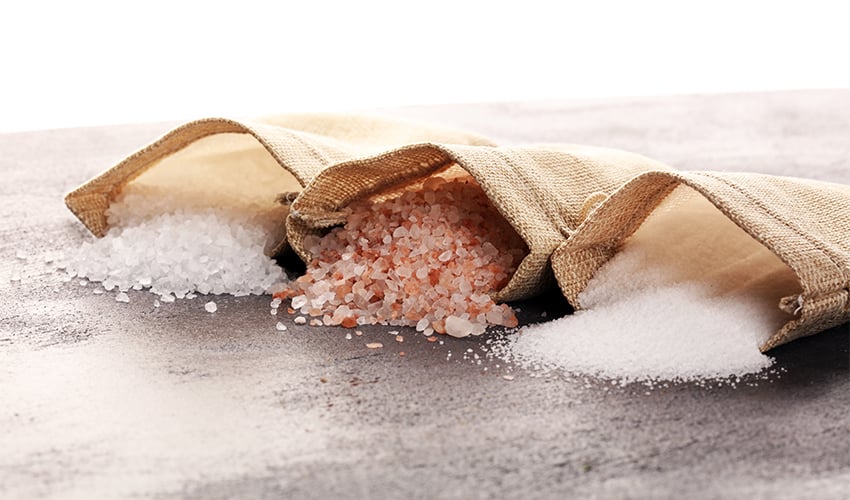
Why Himalayan Pink Salt is Expensive
The fact is that Himalayan pink salt costs more than a table or sea salt. Besides the color and chemical composition what else could influence its price?
Here is the difference between the three types of salt:
- Table salt is extracted from the water pumped from underground sea beds. It is refined and purified then. Such salt is pure sodium chloride without other natural minerals.
- Sea salt is the result of the evaporation of seawater. The process takes place either in an indoor heater or in the sun. This product preserves the natural minerals as well as it has no added extra chemicals.
- Rock salt remained underground after the seas evaporated in the distant past. Himalayan salt rock is drilled under the surface, split into pieces, and extracted.
To extract the salt from the underground, the workers still use traditional methods. The yearly amount of extracted salt in the Khewra Salt Mine is 350 000. Fortunately, the source is almost unlimited because its deposits’ size is the size of the sea. Therefore, the high price of Himalayan red salt is conditioned by the method of its extraction as well as the fact that there are not a lot of mines around the world.
What is Inside
As it was mentioned above, besides sodium chloride with such mineral impurities as phosphorus, boron, chromium, fluorine, iodine, manganese, molybdenum, selenium, zinc, phosphorus, boron, chromium, fluorine, iodine, manganese, molybdenum, selenium, and zinc. It also contains such metals as calcium, magnesium, potassium, copper, and iron. It is also important to mention that besides Himalayan salt nutrients are beneficial for the human organism, they are contained in it in very small amounts. Therefore, the health benefits of Himalayan salt are limited because it is not enough nutrients to satisfy your daily norm.
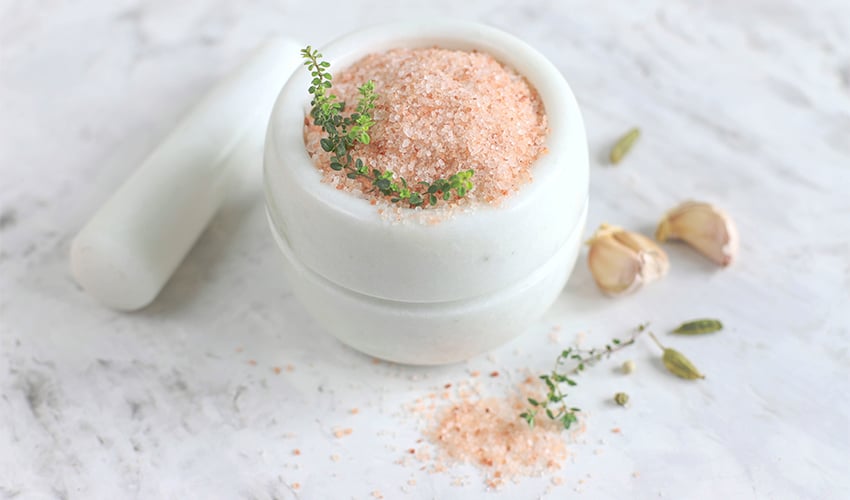
Himalayan Salt Uses
The central reason to use Himalayan salt is to flavor food. Besides, there are less practical but more interesting and esthetic uses for this salt. The first instance of such use is pouring pink salt into a bath.
Salt plates are used as serving dishes and dishes for cooking. On plates made of Himalayan salt, fish and meat can be stored for some time, then the plates can be slowly heated to a temperature of about 200 ° C and used as a regular cooking surface. Moreover, it is possible to craft tequila shot glasses, in which small amounts of salt dissolve in the beverage and add up a unique flavor.
Himalayan pink salt is also used for decorative purposes. For instance, in salt lamps, a Himalayan salt block of salt contains a light bulb. The light that comes out of such a lamp has slightly changed color.
Conclusions
To sum up, from the perspective of a consumer, Himalayan salt minerals and nutrients do not play an important role due to the low content level, and therefore it is almost similar to regular or sea salt concerning the issue of health benefits. However, Himalayan salt has a pink color and a distinctive aroma that make this product unique and indispensable for some people. Thus, despite the fact that it comes at a higher price, Himalayan pink salt is an unusual and interesting product.

